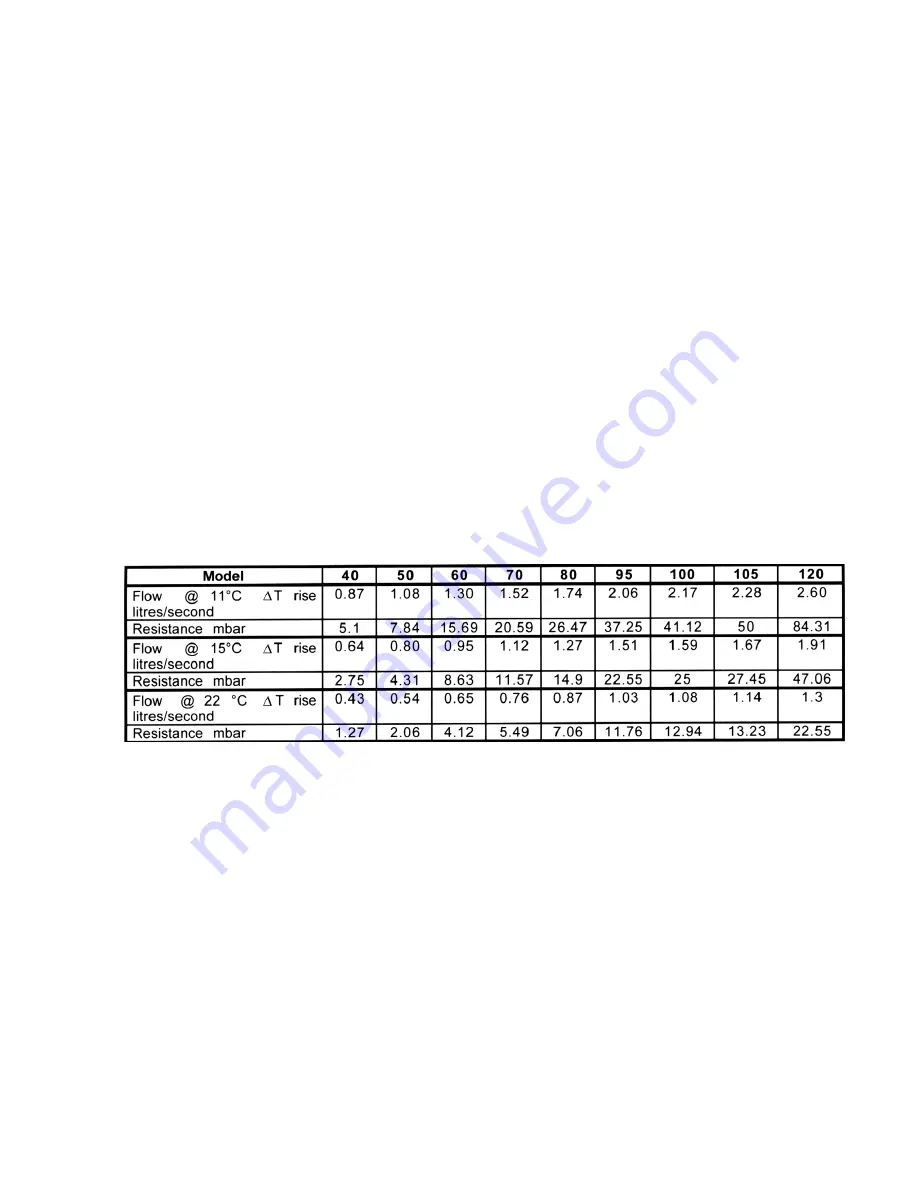
HAMWORTHY HEATING LTD. PUREWELL AUTOMATIC IGNITION 500001035/G
3
The installation should also be in accordance with
any relevant requirements of the local gas region and
local authority and the relevant recommendations of
the following documents: -
British Standards
BS 7074:
Application, selection and installation of
expansion vessels and ancillary equipment for sealed
water systems. Part 2: Code of practice for low and
medium hot water systems.
BS 6891:
Installation of low-pressure gas pipework
of up to 28mm in domestic premises. (For larger
installations see
IM/2
,
IM/5
and
IM/16
below.)
BS 6644:
Installation of Gas Fired Hot Water Boilers
- 60kW to 2MW.
BS 6700:
Design, installation, testing and
maintenance of services supplying water for domestic
use.
BS 6880:
Part 1, 2 & 3:
Code of practice for low
temperature hot water heating systems of output
greater than 45kW.
BS EN 60335, Part 1.
Safety of Household &
Similar Electrical Appliances.
BS 3456, Part 201:
Electrical Standards.
Figure No. 2 - Flow-rate/Pressure Drop Table
CP 342:
Centralised hot water supply.
Part 2: Buildings other than individual dwellings.
British Gas Publications
IM/2
Purging procedures for non-domestic gas
installations.
IM/5
Soundness testing procedures for industrial and
commercial gas installations.
IM/11
Flues for commercial and industrial gas fired boilers
and air heaters.
IM/16
Guidance notes on the installation of gas pipework.
(Excluding domestic installations of 25mm and below.)
Health and Safety Executive:-
Guidance note PM5
- Automatically controlled steam and
hot water boilers.
CIBSE Publications: -
“CIBSE Guide”
It is impractical in this document to specify all relevant
information, but the following extracts from the above
references are emphasized since failure to comply with
these requirements will almost certainly result in an
unsatisfactory installation.
3.2
Feed water Quality
If the boiler feed water has a high degree of hardness,
it is recommended that the water be treated to prevent
precipitation of scale or sludge in the boiler water
passageways. Details of additives can be obtained
from any reliable manufacturer of water treatment
products or the local water authority. It should be
noted however, that even if the boiler water is of
average hardness, not requiring treatment,
subsequent draining of the system for repair or
constant make-up water due to an undetected leak
will cause additional deposits and gradual build-up of
scale. It is essential, therefore that leaks are attended
to promptly and draining is kept to an absolute
minimum.
It is recommended that the system is flushed out at
least twice with hot water before any treatment is
added. If any doubt exists regarding the
It is recommended that the system is flushed out at least
twice with hot water before any treatment is added. If any
doubt exists regarding internal cleanliness of an old
system, consideration should be given to the fitting of a
coarse filter in the return pipework to the boilers.
3.3
Adequate Water Flow
The Hamworthy Purewell boiler is designed as a quick
response, low water content unit, to run continuously with
maximum reliability. Care should be taken in the initial
design and layout having due regard for adequate water
flow through the boilers and the influence of the system
controls.
NOTE!
The Standards Authority recommend a
minimum return temperature of 50
°
C in all heating
systems other than condensing boilers.
Figure No. 2 shows recommended and minimum water
flows required. The control system and valves, where
fitted, should be regulated to avoid lower flows occurring.










































